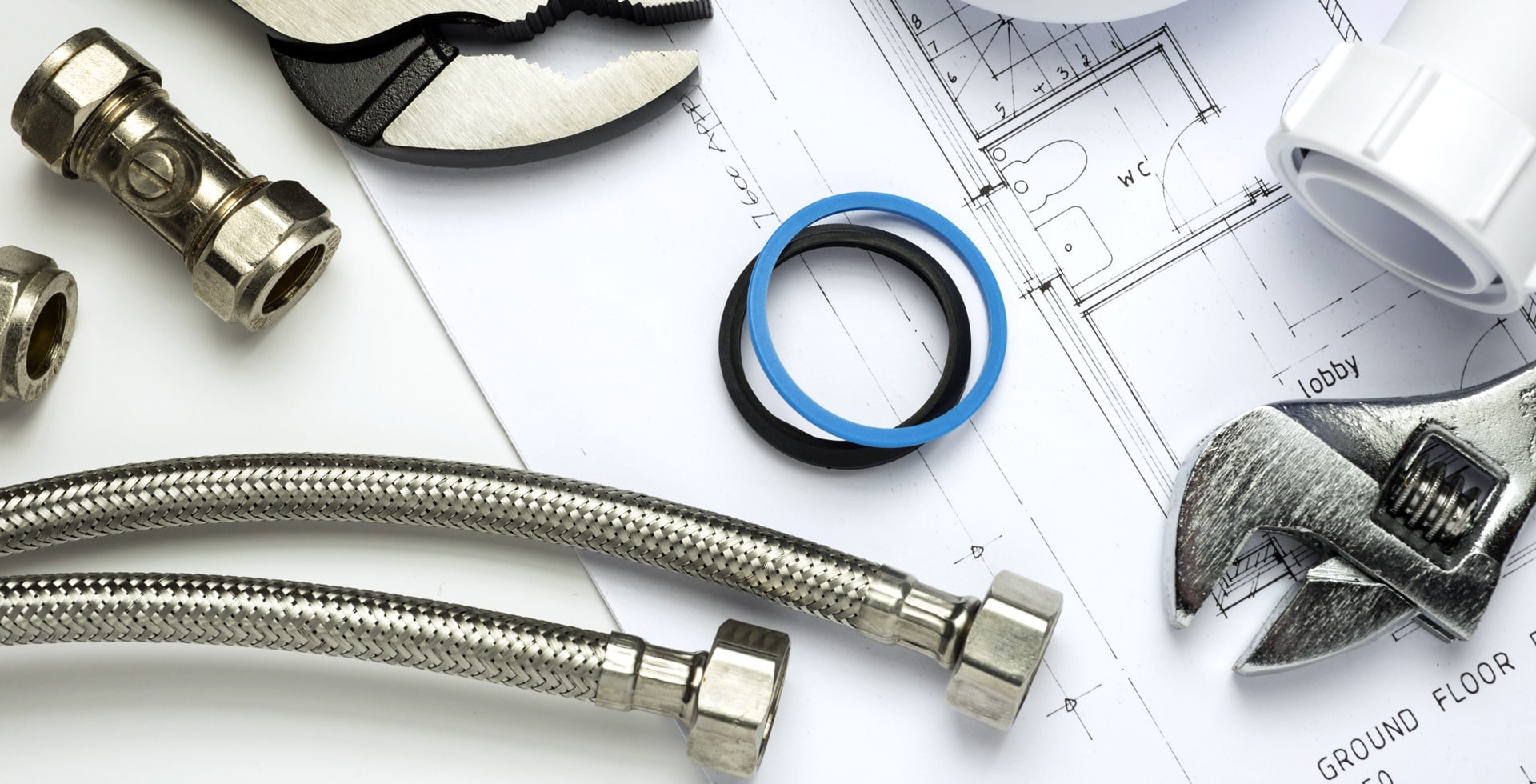“`html
Garage Door Torsion vs. Extension Springs: What’s the Difference?
When it comes to garage door systems, springs play an essential role in the operation and functionality of the door. Understanding the differences between torsion and extension springs is crucial for homeowners and DIY enthusiasts. This blog post will provide a detailed comparison of these two types of springs, highlighting their unique features, advantages, and applications.
What are Garage Door Springs?
Garage door springs are crucial components that help lift and lower the door smoothly. They counterbalance the weight of the garage door, making it easy to operate, whether manually or electronically. The two primary types of garage door springs are torsion springs and extension springs.
Torsion Springs: Overview
Torsion springs are located above the garage door opening, mounted on a metal shaft. They work by twisting and storing energy, which helps lift the door when it opens. Here are some key characteristics of torsion springs:
- Position: Mounted horizontally above the door.
- Durability: Typically last longer than extension springs, ranging from 15,000 to 30,000 cycles.
- Operation: Provides even lift and smooth operation.
- Size: Available in various sizes and weights to accommodate different door types.
Advantages of Torsion Springs
- Safety: Lower risk of injury due to the reduced risk of breaking; torsion springs are contained within a shaft.
- Space-saving: Less vertical space required, allowing for more room in the garage.
- Smoother Operation: Reduces noise when opening and closing, providing a quieter experience.
Extension Springs: Overview
Extension springs are located on the sides of the garage door, stretching and contracting as the door opens and closes. These springs function by extending and releasing energy to lift the door. Key characteristics of extension springs include:
- Position: Mounted vertically beside the door tracks.
- Durability: Generally, they last about 5,000 to 10,000 cycles.
- Operation: Relies on tension rather than torsion to operate.
- Size: Available in various sizes to accommodate different garage doors.
Advantages of Extension Springs
- Cost-effective: Usually more affordable than torsion springs.
- Simple Installation: Easier and quicker to install, ideal for DIY projects.
- Accessibility: Easier to inspect and replace without specialized tools.
Key Differences Between Torsion and Extension Springs
When choosing between torsion and extension springs, there are several critical differences to consider:
- Location: Torsion springs are above the door; extension springs are on the sides.
- Mechanism: Torsion springs use torque, while extension springs rely on tension and extension.
- Durability: Torsion springs have a longer lifespan compared to extension springs.
- Operation: Torsion springs generally provide a smoother, quieter operation.
- Cost: Extension springs are often less expensive upfront but may require more frequent replacement.
Which One Should You Choose?
The choice between torsion and extension springs depends on various factors, including your budget, the type of garage door, and your personal preferences. Here are some considerations:
- Budget: If cost is a primary concern, extension springs may be more appealing.
- Longevity: For homeowners seeking a long-term solution, torsion springs may be the better investment.
- Space Availability: Torsion springs are ideal for garages with limited overhead space.
- Repair Needs: Opting for extension springs can simplify DIY replacements.
Conclusion
Understanding the differences between torsion and extension springs is vital for proper garage door function and safety. While torsion springs offer longevity and smoother operation, extension springs provide cost-effectiveness and ease of installation. Evaluating your specific needs and preferences will help you make an informed decision that best suits your garage door system. Whether you are replacing existing springs or installing a new garage door, understanding these key differences will ensure a safe and efficient operation.
“`

